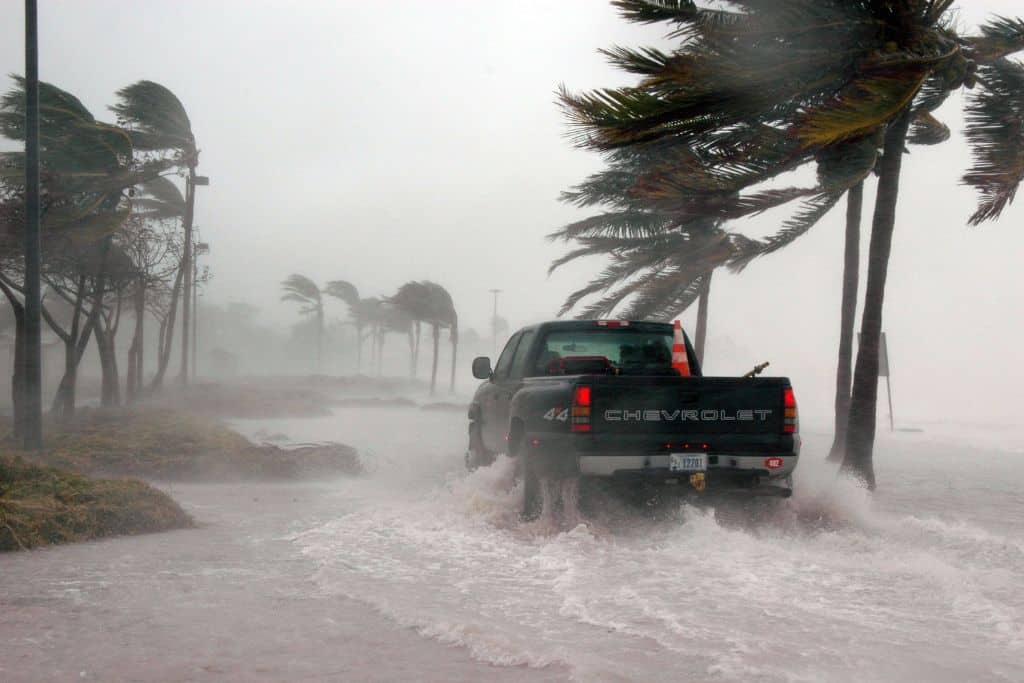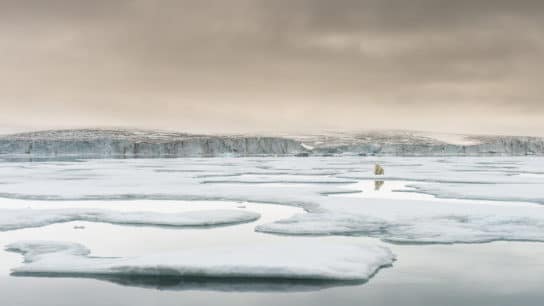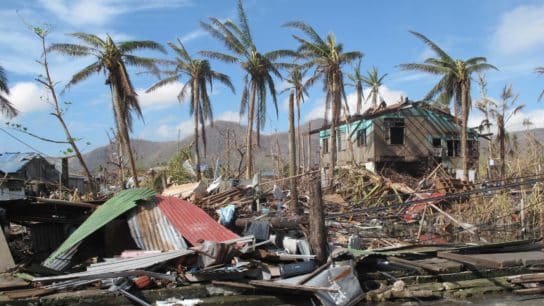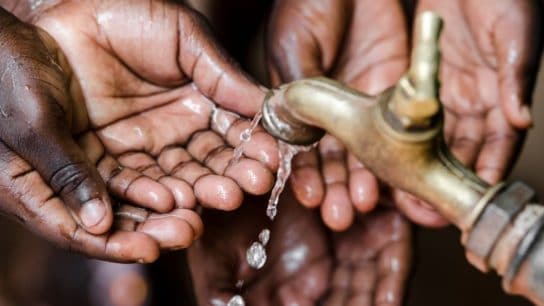Helene made landfall as a Category 4 hurricane on Thursday, the strongest tropical storm on record to slam into Florida’s Big Bend region.
—
Hurricane Helene left a trail of destruction in southeastern US and southern Appalachia after making landfall on Thursday as the strongest hurricane on record to slam into Florida’s Big Bend region.
By late Friday, Helene had been downgraded to a tropical storm and was a post-tropical cyclone on Saturday.
At least 93 people have been confirmed dead as of Sunday evening and hundreds more are missing, according to CNN. Casualties were reported in South Carolina, Georgia, Florida, Virginia, Tennessee, and North Carolina, with the latter alone accounting for at least 36.
More than 2 million people across all affected states were still experiencing power outages on Sunday evening, according to poweroutage.us.
The White House said it had approved emergency declaration requests from the governors of Alabama, Florida, Georgia, North Carolina and South Carolina, authorizing the Federal Emergency Management Agency (FEMA) to provide emergency response assistance. President Joe Biden described the devastation as “overwhelming.”
“We have mobilized more than 1,500 federal personnel to support communities that have been impacted. We have food, water, and generators that are ready for deployment and we are working to restore power for millions of people who currently are experiencing outages,” Vice-President Kamala Harris said on Saturday as she urged citizens to “continue to follow guidance from your local officials until we get past this moment.”
AccuWeather preliminary estimates for Helene’s total damage and economic loss was between $95-$110 billion, which would make Helene one of the costliest storms in US history, owing to the “devastating storm surge, damaging winds and historic flooding.” Meanwhile, Moody’s Analytics said it expects between $15 billion and $26 billion in property damage.
“Helene was a large and extremely powerful storm, with wind gusts of hurricane force extending far out from the center through the Florida Peninsula and a devastating, even record storm surge all along the Gulf Coast of Florida as the storm headed northward over the eastern Gulf of Mexico,” AccuWeather Chief Meteorologist Jon Porter said on Saturday.
Last year, the US broke a record for the highest number of extreme weather events that resulted in at least US$1 billion in damage and economic losses. A total of 28 disasters, including tropical cyclones, floods, tornadoes, wildfires and heatwaves, ranked up a total of $92.9 billion in damage.
Changing Hurricanes
In May, the National Oceanic and Atmospheric Administration (NOAA) warned that this year’s Atlantic hurricane season will likely be “above-normal,” owing to near-record ocean heat and La Niña condition. If true, the predictions would make this year the ninth consecutive to see an above-normal hurricane season, according to the World Meteorological Organization (WMO).
Hurricanes – also known as typhoons in the northwestern Pacific and cyclones in the Indian Ocean and South Pacific – are a rather common, natural weather phenomenon, though there has been a significant increase in their intensity in recent decades, which scientific observations link to anthropogenic climate change. These abnormal trends are attributed largely to the increased ocean temperatures. As ocean surfaces warm, so does the air above it, causing water to be carried up to high altitudes to form clouds, while leaving a low pressure zone beneath causing more air to rush in. As these systems build up, thunderstorms are formed, and if there are no strong winds to slow it down, they can become hurricanes. While the number of hurricanes is not necessarily increasing, those that do form are becoming more destructive – generating heavier rain and a higher storm surge.
The Saffir-Simpson wind scale is the most widely recognized risk assessment method for hurricanes. Developed in 1971 by civil engineer Herbert Saffir and meteorologist Robert Simpson and introduced to the general public in 1973, the scale classifies hurricanes into five categories based on their sustained winds. To be classified as a hurricane, a storm must have a one-minute-average maximum sustained winds of at least 74 mph or 119 km/h (Category 1). Currently, the highest classification is assigned to storms with winds blowing at a speed of at least 157 mph or 252 km/h (Category 5).
The scale also estimates the extent of potential damage to properties, infrastructure, and livelihoods, with Categories 3-5 hurricanes – also known as major hurricanes – expected to cause “devastating” to “catastrophic” damage and loss due to the strength of their winds. However, the scale does not take potentially deadly hazards such as storm surge, rainfall flooding, and tornadoes into account.
A paper published in February argues that the Saffir-Simpson hurricane wind scale is no longer accurate in measuring the climate change-driven exponential increase in winds.
The fact that the scale is open-ended – meaning that anything beyond 157 mph or 252 km/h is classified as Category 5 and assigned the same level of wind hazard – reflects a flaw in the system, the scientists behind the assessment argue. They called for a new category (Cat 6) to be added to the scale, which would reflects changes in wind speeds that have already been reached in a number of recent storms, including Typhoon Haiyan (2013), Typhoon Meranti (2016), Typhoon Goni (2020), and Typhoon Surigae (2021) in the Western Pacific and Hurricane Patricia (2015) in the Eastern Pacific.
“What we found is that the strongest storms have become stronger because of climate change … and we thought that highlighting that reality by adding another category to the scale would raise awareness of the increased danger of climate change regarding tropical cyclones and hurricanes,” one of the authors said in a radio interview with WCBS.
More on the topic: What Are Tropical Cyclones? Hurricanes and Typhoons, And Their Link to Climate Change, Explained
This story is funded by readers like you
Our non-profit newsroom provides climate coverage free of charge and advertising. Your one-off or monthly donations play a crucial role in supporting our operations, expanding our reach, and maintaining our editorial independence.
About EO | Mission Statement | Impact & Reach | Write for us














